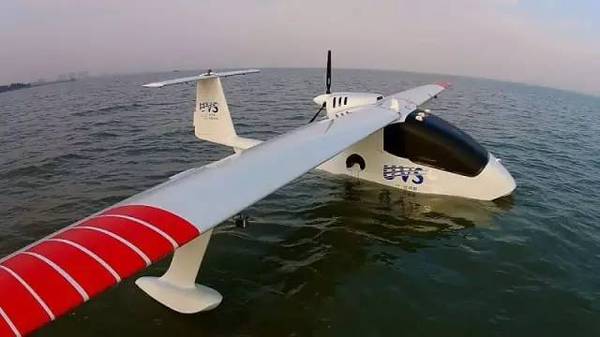On the wing, the point of highest pressure is the so-called stagnation point, where the air meets the leading edge. The speed of the air relative to the wing is reduced to zero, which is known by Bernoulli's theorem as the point of greatest stress. The air on the upper and lower airfoil must be accelerated away from this point by the rest. On a wing with zero or full symmetry angle of attack, the velocity of the air flowing through the upper and lower surfaces is the same from the stagnation point, so the pressure changes on the upper and lower surfaces are exactly the same. This is similar to the flow in a narrow section of the venturi, where the pressure reaches a maximum and the pressure is at a minimum. After this lowest pressure point, the flow rates of both surfaces are simultaneously reduced. The air must eventually return to the main stream, and the pressure will return to normal. Since the speed and pressure characteristics of the upper and lower surfaces are the same, the wing in this state does not generate lift. If the symmetrical wing rotates at an angle of attack with respect to the incoming flow, the stagnation point will move slightly to the lower surface of the forward edge, and the air flow through the upper and lower surfaces will also change, and the air flowing through the upper surface will be forced to go. For a distance, on the upper and lower surfaces, the air still has a process of accelerating away from the stagnation point, but the maximum speed of the lower surface is less than the maximum speed of the upper surface. Therefore, the pressure on the lower surface of the wing is greater than the pressure on the upper surface, and the lift is thereby generated. Therefore, knowing that a positive angle of attack is rotated, the symmetrical airfoil is fully capable of generating lift. A curved airfoil exhibits a velocity and pressure distribution similar to that of a symmetrical wing, but due to the curvature of the airfoil, although the position of the string may be geometric zero angle of attack, the average pressure and lift are still different from the symmetrical airfoil. At some locations where the geometric angle of attack is negative, the average pressure of the upper and lower surfaces may be equal, so there is a zero-liter angle of attack for the camber airfoil, which is the aerodynamic zero of the airfoil. Although no lift is generated at this angle of attack, the upper and lower flow characteristics are different due to the presence of airfoil camber. Therefore, although there is no average pressure difference between the upper and lower surfaces, an imbalance occurs on the wing surface and causes a pitching moment, which is very important in aircraft trim. Air separation is a common phenomenon in a small range. On the upper surface, the flow may be separated somewhere before the trailing edge, and the airflow may separate on the upper and lower surfaces, but there is reattachment. This is called bubble separation. Ic Interface Analog Switches,Interface Direct Digital Synthesis,Interface Drivers Receivers Transceivers,Ic Chip Integrated Circuit Shenzhen Kaixuanye Technology Co., Ltd. , https://www.iconlinekxys.com.jpeg)
